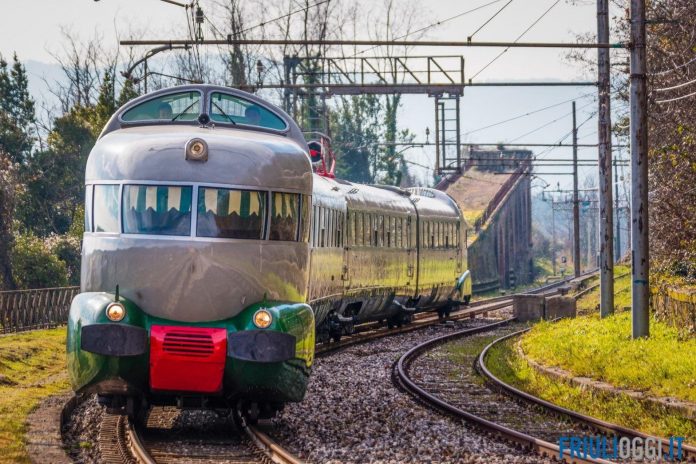by EH
A debate over the future of Trieste’s transportation infrastructure has emerged, with regional councilor Giulia Massolino raising questions about recent projects. The discourse centers on two main issues: the proposed cable car intended to alleviate congestion at the northern access to the city and a new airline route between Trieste and Milan.
Massolino, representing the Pact for Autonomy-Civica Fvg, suggests that the justification for the cable car, aimed at resolving access issues allegedly caused by a saturated railway line, may lack thorough consideration of existing alternatives. “It is curious that instead space has been found on the line to add trains for tourists and cruise passengers,” Massolino noted in a statement. She pointed out successful initiatives to increase usage of the Ronchi interchange parking facility, implying that viable alternatives to the cable car already exist and were overlooked in project proposals.
The cable car project’s approval, she contends, may not have undergone necessary scrutiny. A ruling by the regional administrative court (Tar) indicates that the project’s environmental impact assessment (Vinca) was not adequately evaluated. “An unacceptable non-response,” Massolino remarked, expressing concern over the regional council’s handling of the matter.
The cable car issue is not the only transportation project under examination. Massolino has also questioned the rationale behind a newly launched airline route between Trieste and Milan. She suggests the investment may not align with the region’s declared climate emergency and ambitions for an effective energy transition. “Is it really possible that a region that has declared a climate emergency chooses to invest resources in internal air transport, while other countries are banning such short routes?” she asked.
The response from Councillor Amirante, defending the airline as essential for maintaining territorial continuity, has not fully addressed Massolino’s concerns. She emphasized that the region is not an island, suggesting that the existing train service, which competes favorably with air travel in terms of time and convenience, could be a more sustainable alternative. “Taking a plane on such a short route is evidently not necessary,” she commented.
Data from the initial months of the Trieste-Milan flight show that 1,600 out of 15,000 passengers took advantage of fare reductions for residents. This indicates that the airline predominantly serves tourists, leading Massolino to question the prioritization of resources. “Shouldn’t the priority in planning infrastructure and transport be commuters, not tourists?” she asked.
The agreement with Ita Airways is valid for three years, during which time the region anticipates significant upgrades to its railway line, funded by the National Recovery and Resilience Plan (PNRR). Amirante has cited these upcoming improvements as further justification for the airline. Massolino, however, views this as a reason to reconsider the agreement’s renewal in 2026 and to reevaluate the need for the cable car.





























